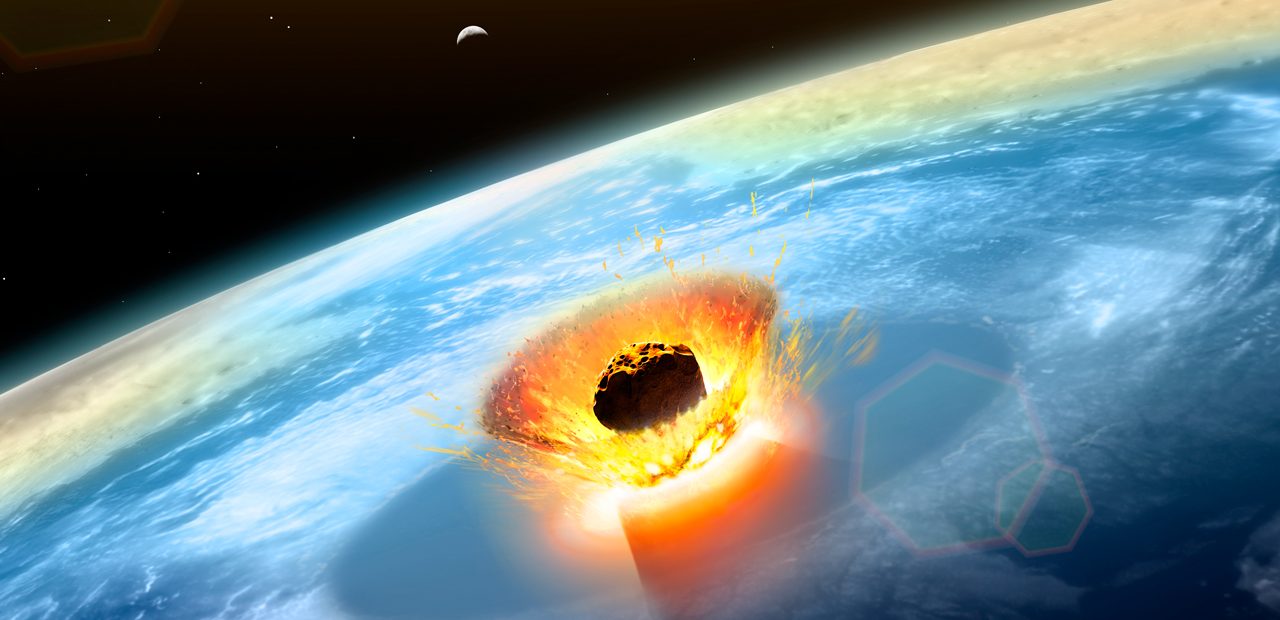Scientists Find Evidence of Mile-high Tsunami Generated By Dino-killing Asteroid
Slashdot reader sciencehabit shares news from Science magazine:When a giant space rock struck the waters near Mexico’s Yucatn Peninsula 66 million years ago, it sent up a blanket of dust that blotted out the Sun for years, sending temperatures plummeting and killing off the dinosaurs. The impact also generated a tsunami in the Gulf of Mexico that some modelers believe sent an initial tidal wave up to 1500 meters (or nearly 1 mile) high crashing into North America, one that was followed by smaller pulses. Now, for the first time, scientists have discovered fossilized megaripples from this tsunami buried in sediments in what is now central Louisiana. “It’s great to actually have evidence of something that has been theorized for a really long time,” says Sean Gulick, a geophysicist at the University of Texas, Austin. Gulick was not involved in the work, but he co-led a campaign in 2016 to drill down to the remains of the impact crater, called Chicxulub… Cores from the 2016 drilling expedition helped explain how the impact crater was formed and charted the disappearance and recovery of Earth’s life. In 2019, researchers reported the discovery of a fossil site in North Dakota, 3000 kilometers north of Chicxulub, that they say records the hours after the impact and includes debris swept inland from the tsunami. “We have small pieces of the puzzle that keep getting added in,” says Alfio Alessandro Chiarenza, a paleontologist at the University of Vigo who was not involved with the new study. “Now this research is another one, giving more evidence of a cataclysmic tsunami that probably inundated [everything] for thousands of miles.”Read more of this story at Slashdot.
Click here to read full news..













